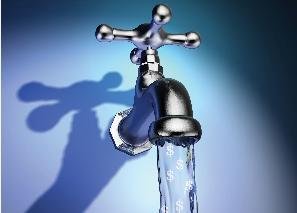Lead is one of the deadliest substances that can be found in water. Odorless, tasteless and invisible, it can enter a water source when acidic or high mineral water erodes pipes that have lead. According to the EPA, homes that predate 1986 are more likely to have this issue as they have lead fixtures, like brass and chrome-plated faucets. Pregnant women and young children are the most vulnerable when it comes to lead exposure, but anyone can be affected, so it’s important to know how to check for it and what to do about it.
Testing for lead is easier now than in the past. You can do one of two things:
Buy a testing kit.
With a test kit you can perform the test yourself and have a quicker result. There are several different types of tests available of varying prices and quality. Make sure to be diligent in choosing yours. Specifically, pay attention to the rate of accuracy on your home test kit before using it.
Utilize a certified lab.
The EPA recommends sending samples to a lab to check for lead. This method requires more effort but is worth it for peace of mind. First, you should contact a public water utility to see if they can help with gathering the samples or instruct you on how to do it. Then reach out to a local, reputable lab to let them know you want to test your water. All that’s left is to collect the sample and deliver it. It can cost anywhere between $15 and $100, depending on where you live. Some states offer to pay for the testing.
Lead can also get into your water from paint, soil, or air, not just pipes. If you are concerned about your water being contaminated, don’t wait to act! Start the testing process as soon as possible.

